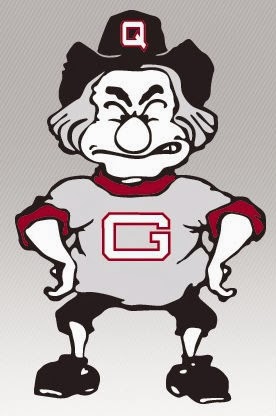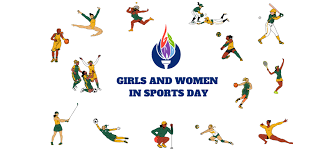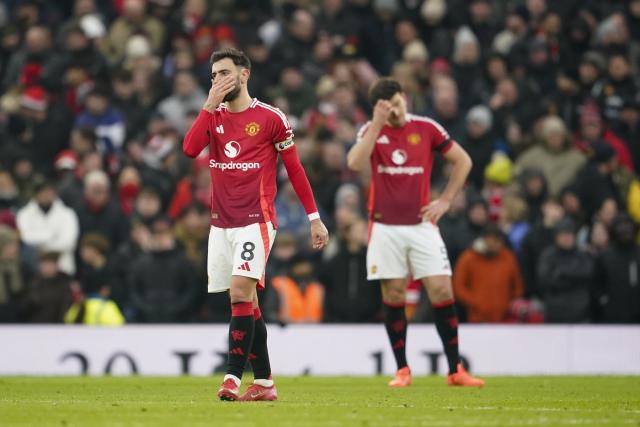Never mind the fact that I had to log into GuilfordNet with a username and password just to access the Administrative and Program Services Assessment draft report. Perhaps I am alone in thinking this information should be easier to obtain.
In the 116-page PDF that is the APSA report, many recommendations are suggested regarding the future funding of student, faculty and administrative programs at Guilford College.
There is a simple rubric for each program’s future: enhance, maintain, restructure or eliminate.
Moving forward, the school’s tight budget dictates that some programs potentially face significant cutbacks or even outright elimination.
The Friends Center and the Bonner Center must downsize, the Art Gallery faces possible elimination, and resources such as the Conflict Resolution Center and Multicultural Education Department are threatened.
What has been recommended for athletics?
Only one major change has been suggested regarding Guilford’s Athletic Department.
Currently, the head basketball coach doubles as the college’s athletic director. But within the next few years, as proposed by the APSA committee, the athletic director position will become its own separate entity and no longer tied to any coaching position.
And that is it. No other changes are recommended thus far.
“I am a little bit concerned that an unfair amount of cuts have been put on programs that I love and not athletics,” said sophomore and Quaker Leadership Scholars Program member Phoebe Hogue-Rodley.
Is this fair? Should community be cut before athletics? Better yet, should additional positions be created during a time of financial crisis?
Do not get me wrong, sports are an important part of student life and they do provide community benefits.
A few weekends back, when Guilford played Averett University for Homecoming, the campus was abuzz in rain-drizzled activities, tours and tailgating.
The spectacle was a community building experience more than anything else.
This goodwill pales in comparison to the work done by non-athletic organizations that are facing cuts and restructuring.
“We have to fulfill 140 hours (of community service) per semester,” said first-year Bonner Scholar Danny Tejeda.
That is almost six full days of volunteering a semester per student.
Guilford should face the facts: this is a small Division III school. It is not an athletic powerhouse by any means. Community is everything.
Even according to the NCAA, Division III places emphasis on having student-athletes “integrated on campus and treated like all other members of the general student body, keeping them focused on being a student first.”
This means less time at practice and shorter playing schedules, but more time in class and — most importantly — more time to be involved with campus life.
In the APSA report, it may say that the athletic diirector is marked for “restructure” in the same way as the Center for Continuing Education or Campus Ministries are on the rubric.
Adding a position, however, seems like an enhancement rather than a cut.
Backhandedly enhancing sports in this manner while important campus programs face cuts seems faulty.
What programs will be left on campus for student-athletes to be involved in?
Athletics has never been the priority. Aside from providing a strong academic curriculum, Guilford prides itself in the social atmosphere, devotion to equality and dedication to service that mold the school’s image.
Without these programs the Guilford community, student-athletes and the Athletic Department included, suffers.







